
Best 7 UX Design Frameworks Designers Should Know
Mar 17, 2025 4 Min Read 3997 Views
(Last Updated)
The demand for UX designers is high and it is expected to grow by 15% by 2027. With the increase in demand, it becomes easy for designers to get themselves into top companies, provided they have the required skills. It would be best if you were equipped with the skills required to become a UX designer.
The major skill that can help you build projects efficiently is sound knowledge of UX Design frameworks. There are various frameworks available on which designers choose to work on their projects, but you must be eager to know the best ones.
Your wait is over now. In this blog, we’ll uncover the best UX Design Frameworks every designer should know. You’ll also read about its features so you can choose wisely per the project’s requirements.
Table of contents
- Understanding UX Design Frameworks
- Top UX Design Frameworks Designers Should Know
- User-Centered Design Framework
- Agile Framework
- Design Thinking Framework
- Lean UX Framework
- Atomic Design Framework
- Component-based Design Framework
- Material Design Frameworks
- Choosing the Right Framework for Your Next UX Project!
- Wrapping Up
- FAQs
- What are the best UX design frameworks?
- What are the five elements of the UX design frameworks?
- Which framework is best for UI UX?
- Which tool is used for UX design?
Understanding UX Design Frameworks
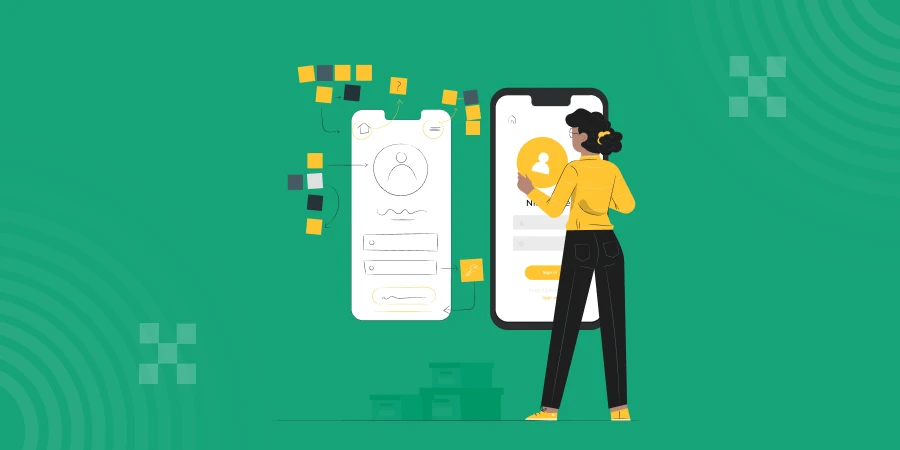
UX (User Experience) design frameworks are structured approaches or sets of guidelines that help designers create a positive and effective user experience in their products, typically digital interfaces such as websites, applications, or software. These frameworks provide a systematic way to approach design problems, ensuring that the result is user-friendly, intuitive, and meets the needs of the target audience.
A UX design framework acts as a guiding principle from which designers get inspiration to work on successful and scalable designs. While choosing a framework, you can consider all the important factors when designing your product. A good framework will also assist you in developing designs that are both functional and visually appealing to users.
As we proceed to the next phase, make sure you understand the fundamentals of UI/UX, which includes heuristic analysis, journey maps, testing, etc. If you want to explore more about it, join GUVI’s UI/UX Course with Placement Assistance. You’ll also learn about the tools used in UI/UX which are AdobeXD, Illustrator, Photoshop, Figma, and many more. Build some amazing real-time projects to get hands-on experience.
Also, if you want to explore Figma through a Self-paced course, try GUVI’s Figma certification course.
Top UX Design Frameworks Designers Should Know
Keep in mind that the popularity and usage of frameworks may evolve, and new frameworks may emerge. Here are some of the top UX design frameworks that designers should be familiar with:
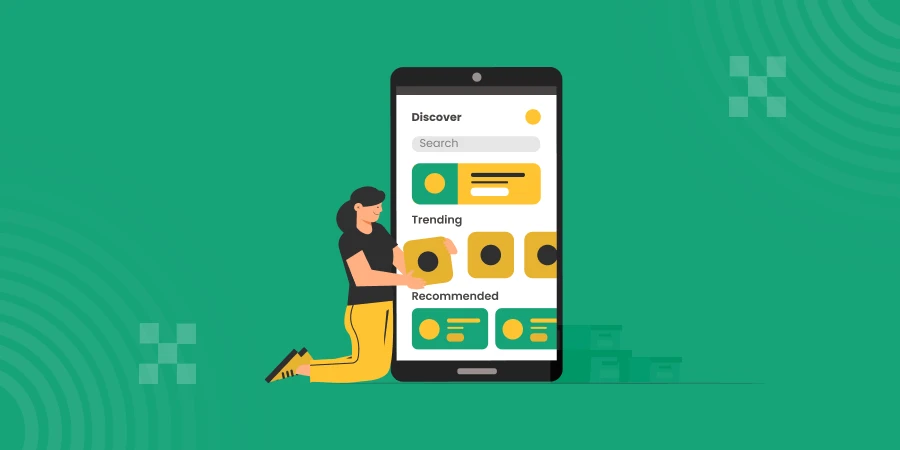
Also, you must try some of the best UI/UX projects that would add value to your resume.
1. User-Centered Design Framework
User-centered design frameworks provide a systematic approach to creating products and services that prioritize the end-user. These frameworks guide designers through a series of steps, from initial research to iterative prototyping and testing, ultimately leading to the development of products that are not only functional but also resonate with the users they are designed for.
Features of user-centered design framework:
- Research and Discovery
- Persona Development
- Iterative Prototyping
- Usability Testing
- Accessibility Considerations
- Cross-Functional Collaboration
Also Read: User Flow in UX Design: 11 Important Steps to Look After
2. Agile Framework
The Agile framework provides a dynamic and collaborative approach to project management and product development. Its key features, including iterative development, customer collaboration, adaptability to change, and methodologies like Scrum and Kanban, enable teams to deliver high-quality solutions that align with customer needs while responding effectively to evolving requirements and market conditions.
Features of Agile framework:
- Iterative Development
- Customer Collaboration
- Cross-Functional Teams
- User Stories and Backlog
- Scrum and Kanban Methodologies
- Continuous Integration and Delivery
Find Out: Kanban vs. Scrum: Choosing the Right Agile Framework for Your Project
3. Design Thinking Framework
Design thinking frameworks offer a structured and human-centered approach to problem-solving and innovation. By emphasizing empathy, creative ideation, prototyping, and iterative testing, these frameworks guide teams in developing solutions that not only address the defined problems but also resonate with the users on a deep and meaningful level.
Also Read: Wireframe vs. Mockup vs. Prototype: Top Differences [2024]
Features of design-thinking framework:
- Continuous Improvement
- Iterative Process
- Cross-Disciplinary Collaboration
- User Feedback Integration
4. Lean UX Framework
Lean UX frameworks emphasize collaboration, user feedback, and an iterative approach to streamline the design process and deliver value efficiently. By integrating principles from Lean and Agile methodologies, Lean UX aims to create a dynamic and adaptive environment where teams can respond quickly to user needs and market changes.
Features of Lean framework:
- Cross-Functional Collaboration
- User Feedback Integration
- Minimal Viable Product (MVP)
- Iterative Prototyping
- Collaborative Workshops
- Continuous Delivery
Also, you must have a look at the UI/UX roadmap to build a successful career as it would help you in giving a clear path.
5. Atomic Design Framework
Atomic Design is a conceptual framework that structures design systems into atomic components, fostering modularity, consistency, and scalability in creating and maintaining user interfaces.
Features of atomic design framework:
- Reusability
- Consistency
- Increased Collaboration
- Modularity
- Scalability
Also Explore: 8 Important Steps In The UX Design Process You Should Know
6. Component-based Design Framework
Component-based design frameworks provide a structured way to organize and manage these components, enhancing collaboration and streamlining the development process. It is an approach where user interfaces are built by assembling pre-designed, self-contained components. These components encapsulate specific functionality, styling, and behavior, promoting reusability and consistency across an application.
Features of component-based design framework:
- Reusability
- Consistency
- Modularity
- Scalability
- Interactivity
- Ease of Maintenance
- Collaboration
7. Material Design Frameworks
Material Design frameworks offer developers pre-built components, styles, and interactions based on these guidelines, streamlining the process of building modern and responsive applications. It provides a set of guidelines for creating visually appealing and consistent user interfaces across different platforms and devices.
Features of material design framework:
- Bold Graphics
- Responsive Animations
- Typography Consistency
- Grid Systems
- Pre-Built Components
- Customization Options
- Consistent Icons
Also Read | Top 11 UI/UX Design Tools for 2024
Choosing the Right Framework for Your Next UX Project!
It would be best if you chose the right UX Design Framework based on the user demand and project requirements. There are several features that you must look after before choosing a framework, let’s discuss them:
- Understand Project Requirements
- User-Centered Approach
- Compatibility with Platform
- Community Support
- Flexibility and Customization
- Scalability
- Integration Capabilities
- Performance (in terms of speed and responsiveness)
You can also have a competitive analysis for UX as it would give you a better idea to work on building the top projects. By carefully considering these factors, you can make an informed decision and choose a UX design framework that best suits the specific needs and goals of your next project.
Kickstart your UI/UX journey by enrolling in GUVI’s UI/UX Course where you will master technologies like AdobeXd, Illustrator, and Figma, and build interesting real-life UI/UX projects.
Alternatively, if you would like to explore Figma through a Self-paced course, try GUVI’s Figma certification course.
Wrapping Up
Now that you know the best UX design frameworks, always remember that the effectiveness of a framework depends on the specific project, team, and goals. Designers often adapt and combine elements from various frameworks to suit the needs of their projects.
It’s important to stay updated with the latest trends and methodologies in UX design as the field continues to evolve. Connect with the communities to learn and delve into the concepts to better understand and choose them wisely in creating UX projects.
Explore The Future of UI/UX: Top Emerging Technologies and Trends to look out for in 2024
FAQs
The best UX design frameworks that designers choose are:
1. User-centered design frameworks
2. Agile frameworks
3. Design thinking frameworks
4. Lean UX frameworks
5. Atomic design frameworks
This framework consists of five elements: strategy, scope, structure, skeleton, and surface.
One of the best frameworks for UX is Onsen UI, which is a leading open-source UI/UX framework that allows designers to build apps with HTML5 and CSS technologies.
Some of the best tools for UX design include Photoshop, Illustrator, and Adobe XD. Other platforms, like Figma and InVision, are also popular UX design tools used across many companies.









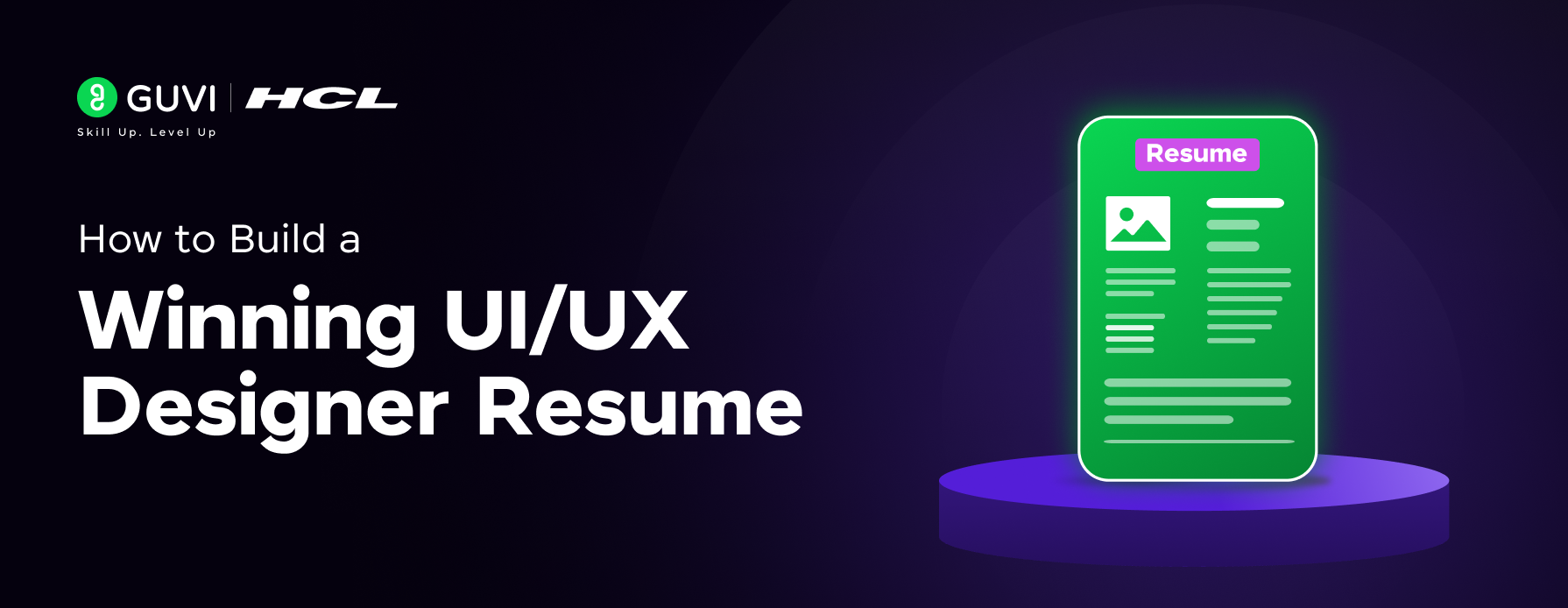

![What Does a UI/UX Designer Do? [Career Guide] 6 What does a UI/UX designer do?](https://www.guvi.in/blog/wp-content/uploads/2023/12/UX-Designer-Do_.webp)
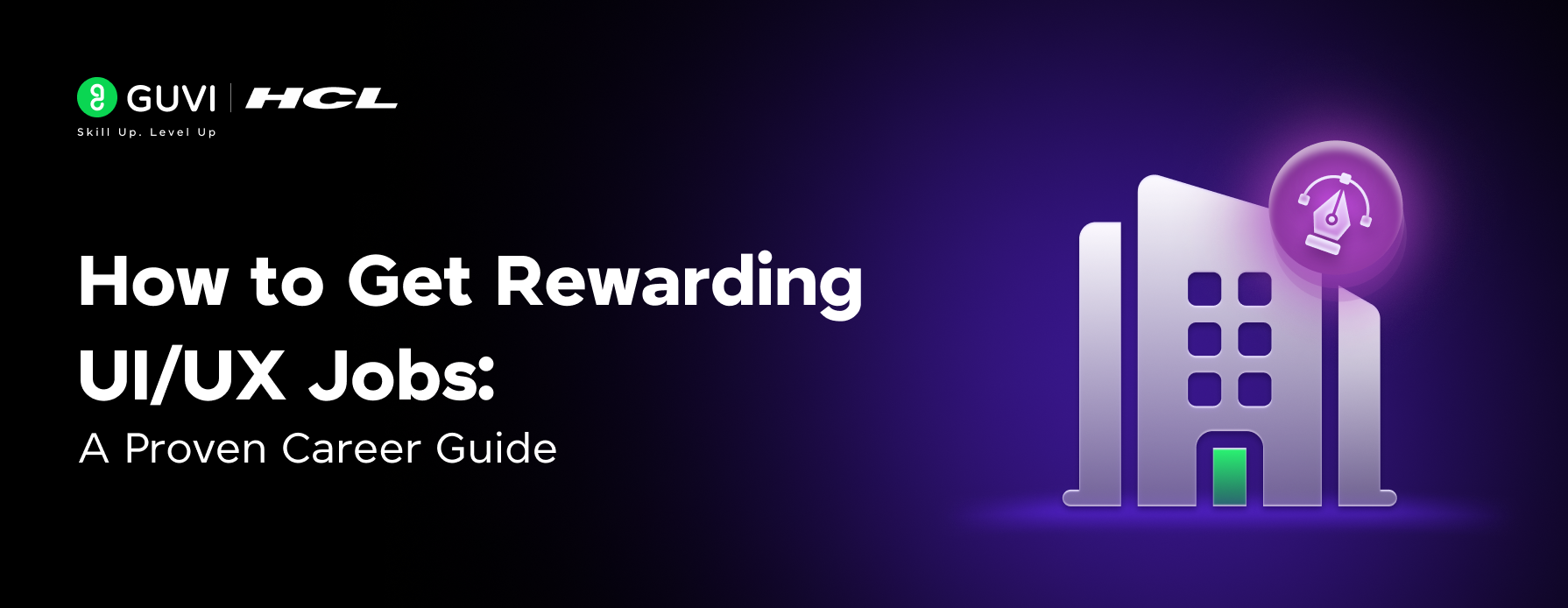
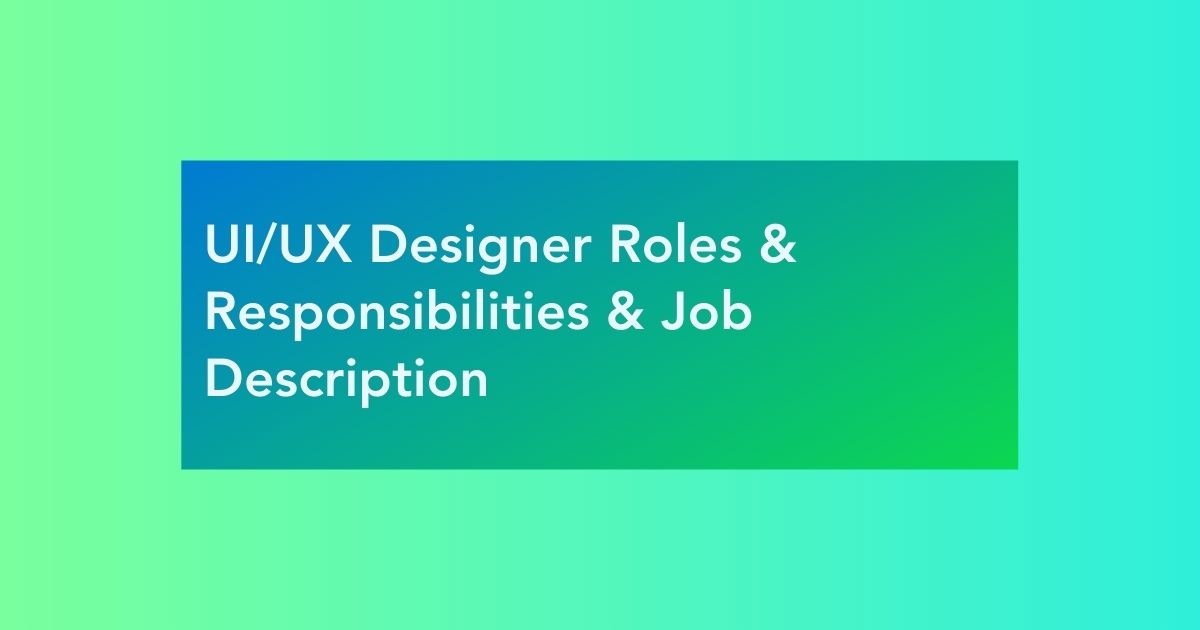

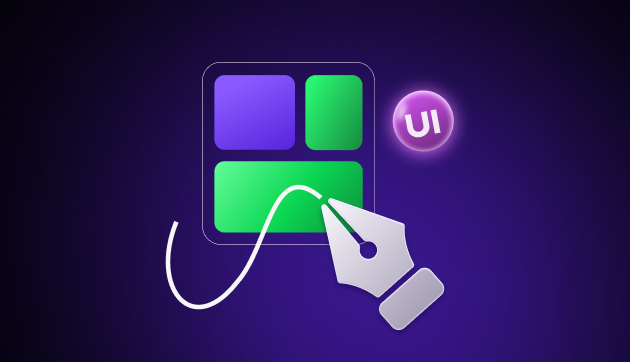
![How To Switch Career In UI/UX Design? Easy or Hard? [2025] 9 how_to_switch_to_a_career_in_ui_ux_design_](https://www.guvi.in/blog/wp-content/uploads/2023/12/how_to_switch_to_a_career_in_ui_ux_design_.webp)
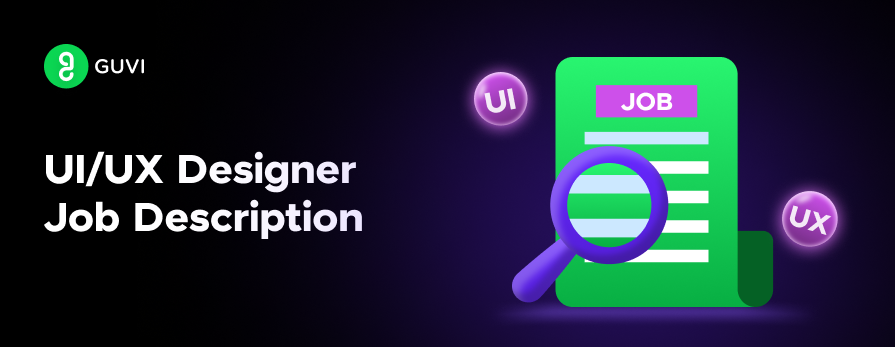

Did you enjoy this article?